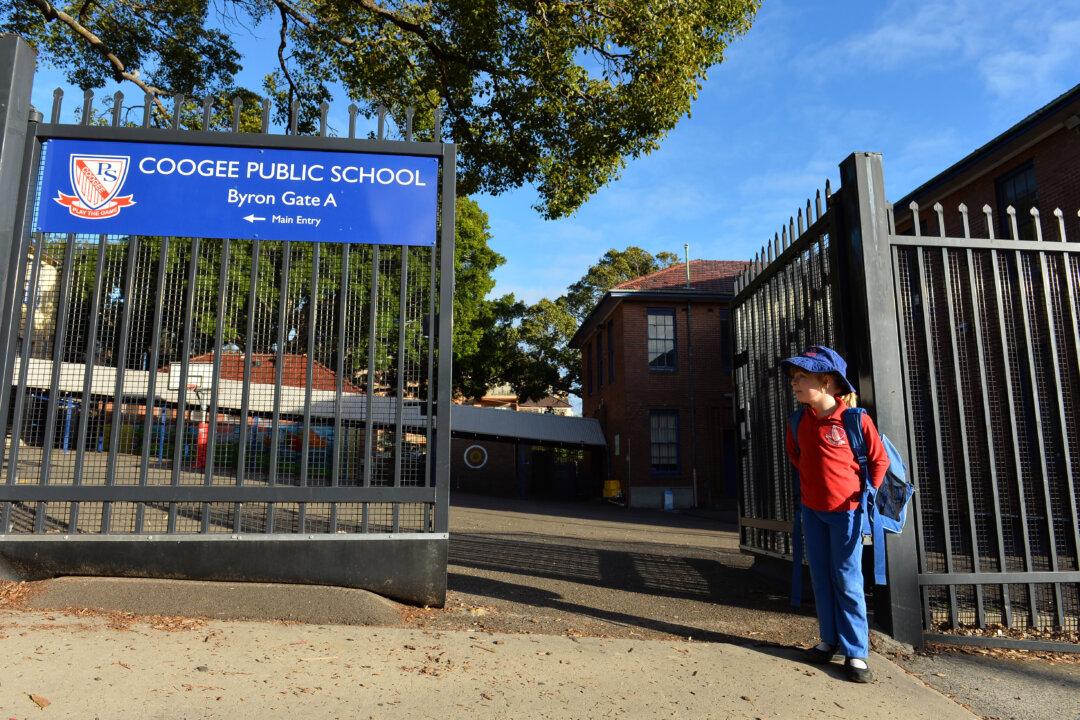The Australian Green Party has called on the federal government to slash funding for private schools and use that money to invest in the public education sector to improve the country’s falling high school completion rates.
This comes as the Australia Institute, a left-leaning think tank, has released a report (pdf) on the benefits of investing in public education, which found that government funding for the public education sector fell short of $6.6 billion (US$4.24 billion) each year to meet the minimum standards (Schooling Resource Standard).





